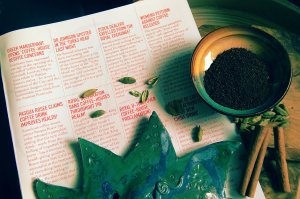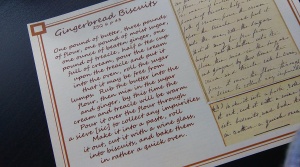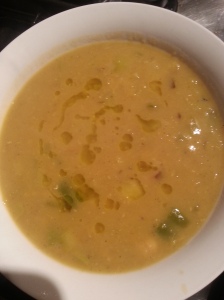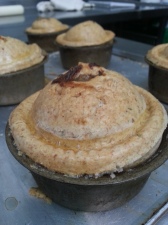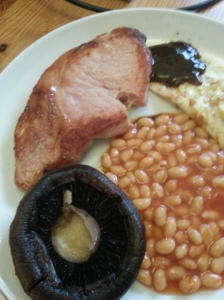Juliet Powell joins me for a cuppa and a birthday treat in Hotel Du Vin to talk life, business and how she is applying her advanced diploma in therapeutic counselling to support the parents of tweens and teens.

If you would like to share your story of self employment please email greedywordsmith.com to arrange a cuppa with Claire.
The setting.
We chose to meet at Hotel Du Vin, York in recognition of our first meeting at the coach led networking group Winning Women. As it was Juliet’s birthday (I don’t have permission to let the cat out of the bag on age) we ordered the affogato and pear and almond tart before settling down for our interview.
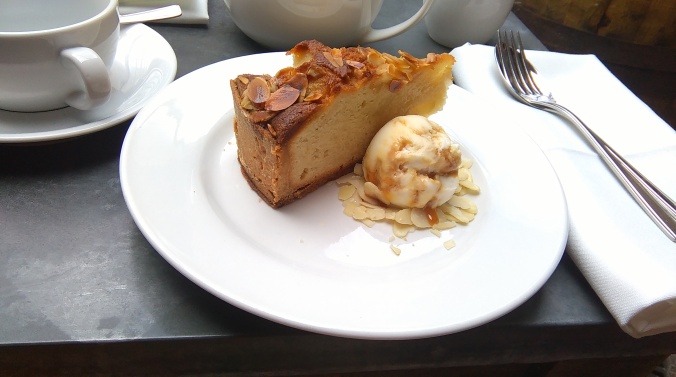
Describe life before Choice Therapy.
With a degree in Land Management, Juliet started out working in an office environment, made lifelong friends and was introduced to the world of trade unionism – a movement she is still interested in. Her first career change came with a move into the teaching profession as she took a post covering schools in Grimsby, Rotherham and Selby. Juliet then spent ten years teaching mainly business and ICT studies in secondary schools until a change in their family circumstances made a demanding teaching career unsustainable.
When personal and professional paths collide.
In 2008 Juliet and her husband made the monumental decision to adopt, the children finally joining the couple in 2009. After taking the 12 months of adoption leave awarded to adoptive parents before returning to work in 2010, Juliet realised that the demands of her role as an adoptive mother were not compatible with the responsibilities of a secondary school teacher.
Whilst adoption is a very rewarding experience it can also mean giving lots of support to children from difficult and challenging circumstances. A passing conversation with another adoptive mother introduced Juliet to the idea of a career in counselling. After three years of attending college at the weekends and completing coursework around school hours, Juliet was awarded an advanced diploma in psychotherapeutic counselling.
“Each year you gained something different,” says Juliet. “after the first year I could have left with training in hypnotherapy and basic counselling skills. The second year I acheived a diploma in counselling. I decided to stay on for a third year and get the advanced diploma.”
Studying on weekends gave other family members the opportunity to get involved with childcare and meant that she was free to attend mid-week activities in school, including the Parents Breakfast Club.
“The lady who organised it is still a good friend of mine. We could turn up, have a cup of coffee and a bacon sandwich and chat with other parents. I didn’t know it at the time but these meetings would go on to be the inspiration for my monthly parent socials.”
Why Choice Therapy?
Juliet knows first hand how difficult it can be to find support for children and families. She is passionate that understanding exactly what options are available can play a crucial role in moving forwards.
“We all have choices in life. We can put up with what we have or make a decision to change. Sometimes that is all it takes, just knowing that we have choices can make all the difference.”
A new way of working.
Juliet describes herself as working with parents on families. She is keen to point out that she’s not in the job of giving out parenting advice, rather helping people share experiences and find their own answers. Whilst she does provide a more traditional counselling service in the form of one to one sessions, her heart lies with bringing parents of tweens and teens together for peer support.
“Once a month I organise a parent social in a cafe setting. There are different themes. The next one focuses on helping parents to set boundaries on the use of social media. This can be particularly difficult over a long summer holiday with children away from school. For those interested in exploring topics on a slightly deeper level I also deliver workshops on a variety of themes. People get to explore topics together, take home strategies and reflect. I limit the workshops to around eight people and they are held in a private but relaxed setting. The real power comes from realising that they are not alone. There can be shared laughter and tears in a safe and confidential space. And there is tea and cake!”
The most common misconceptions about therapy.
“Many people think it needs to be long and upsetting. Counselling doesn’t have to involve going over the past. Often I help people to look at what is going on for them right now and how they can take action to make improvements. I also hear people say that I’m much friendlier than they imagined, as if they expect therapists to be cold and distant. Of course boundaries are important but we’re all human too, with our own experiences.”
Three pieces of advice to anyone thinking of becoming a therapist.
- Be clear on whether you want to be self employed or work for an organisation.
- Don’t beat yourself up if you’re not sure about having a niche. There is nothing wrong with being a generalist.
- Equally, don’t be scared to niche if you know where your passion lies.
What’s next for Choice Therapy.
Juliet is looking to run slightly larger workshops so that she can reach more parents. She would like to build on the sessions she has already done around stress and anxiety in children and parents, along with more specialised work for those experiencing trauma.
July 13th will also see the arrival of the first Choice Therapy Health and Wellness Fair. At just £7.50 for one or £10.00 for two, visitors will have the opportunity to access a variety of trusted therapy professionals from York and the surrounding area. You will have the chance to chat with the exhibitors and get exclusive access to discounts on therapeutic products and services. Tickets can be booked through eventbrite, the first 20 people to arrive on the night will receive a fab goodie bag.
The next Choice Therapy Parent Social on Social Media is on 12th July in Costa Coffee, Haxby. For more information on this, the upcoming Health and Wellness Fair or any of Juliet’s services you can find her on Facebook and Twitter.
